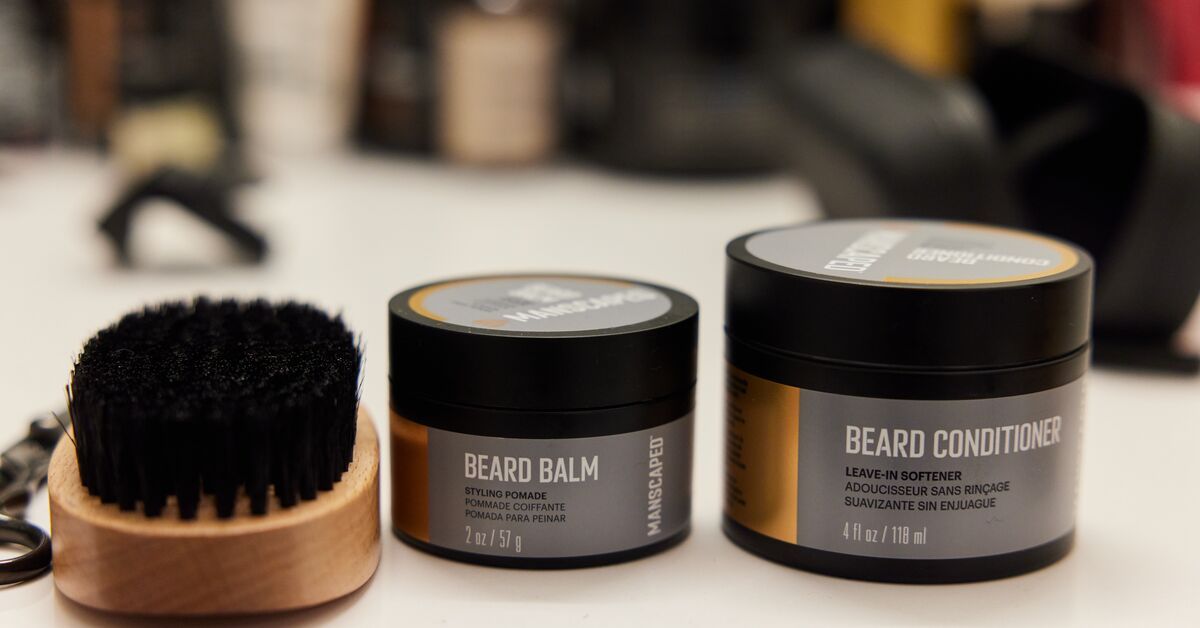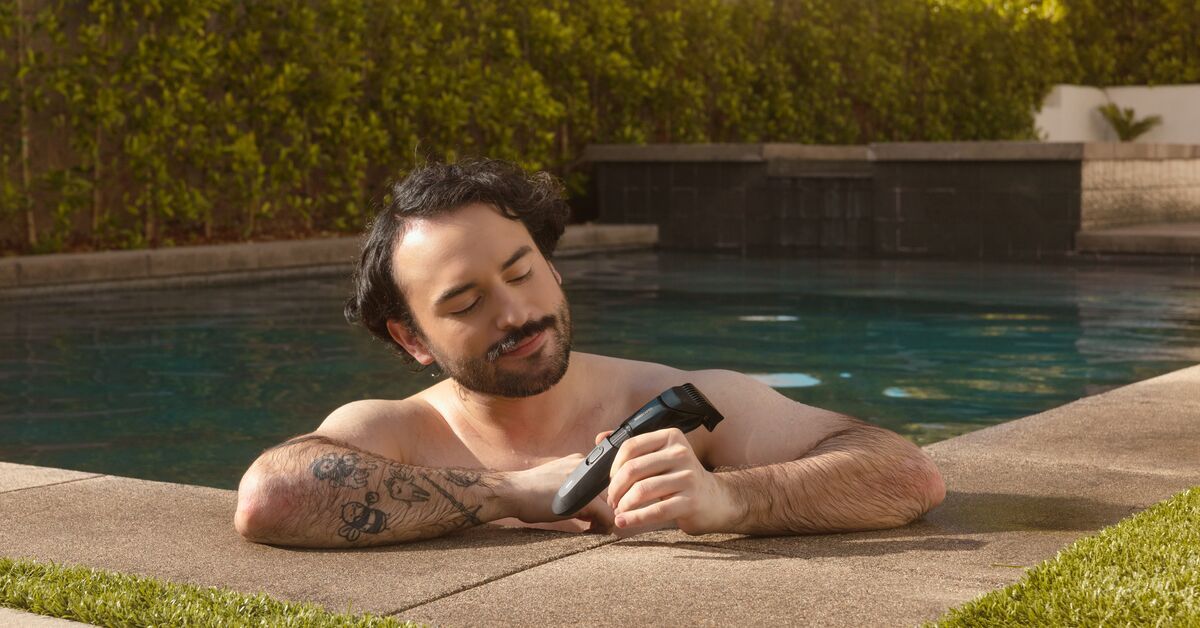
We’re taking you to school today, kids!
Our lecture will begin with a fun question, did you know that there are different types of hair?
Whelp, it’s true, so get excited to learn some fun facts about hair.
The type of hair you have is determined by a few different things:
- Texture
- Structure
- Density
- Porosity
- Oil Content
- Elasticity
Why, you might ask, should you care about the different types of hair?
Well, you’re the one who found this article about different types of hair, my friend, so we’re going out on a limb to say you’re probably curious for a reason. In our oh, so humble opinion though, the more you understand the type of hair you have personally, the better you can care for your hair.
It doesn’t take much for the hair on your head to get damaged. Hair can get dry, turn brittle and break, start to fall out/shed, and can just start looking blah. Then there’s the whole oil balance bit and scalp itchiness to look out for and try to avoid.
Choosing the right hair care products and having a good hair care routine will keep those locks of yours looking like Prince Charming. Pick any Prince Charming - great hair all around. Have you ever noticed how much effort illustrators put into the hair of Disney characters? Blows our minds too because they are often involved in quite a bit of strenuous activities and many of them were from a time period of not-so-great hygiene. Especially Prince Eric from the Little Mermaid. He’s a sailor which means his hair was exposed to the sun and salt water all day long. We’d love to get a hold of his conditioner…
Let’s dive into some more details about YOUR Hair, now. Sorry about the Disney rant.

Hair texture
Hair texture is the shape of your hair follicle.
There are four different types of hairs texture:
- Straight
- Wavy
- Curly
- Tightly Curled
For adults who have dealt with the hair on their heads for a while now, determining your hair texture is probably pretty obvious. If you need to double-check, the best way to determine your texture is to pay attention to how your hair air dries after you wash it.
Just let it go all-natural and see what your hair does on its own.
Hair structure
Alright, now that you’ve figured out the texture component, there is also hair structure to take into consideration.
Hair structure is all about the thickness or diameter of the individual strands of hair and there are three different types:
- Fine
- Medium
- Thick
To determine your hair structure, take a piece of your hair and put it side by side with a piece of standard sewing thread. Fine hair will be thinner than the piece of thread, medium hair will be the same thickness, and thick hair will be thicker than the piece of thread.
We know you might need to go on a treasure hunt to find a piece of sewing thread, but that’s the best comparison we know. Good luck.
Density
Hair density is how much hair is actually on your scalp. Even if you have thin/fine hair, you can have a lot of it.
There are three different levels of hair density:
- Thin
- Medium
- Thick
Yes, yes, we know the same terms are used, so this is why we’re trying to show you the difference between structure vs. density when it comes to hair vocabulary.
To determine your hair density you’re going to need to zoom in on your scalp. Go to the mirror and pull aside a section of your hair. How much of your scalp skin do you see? A lot? Then you have thin hair density? Hardly any skin seen at all? You have thicker hair density.
When someone describes their hair you’ll need to use this fancy new vocabulary to say something like, “I have straight hair with a fine structure, but thick density.” You’ll impress people, trust us.

Porosity
Porosity refers to how much your hair absorbs and retains moisture.
There are also three different levels of hair porosity:
- High
- Medium
- Low
High porosity hair is hard to keep hydrated. It dries quickly and a problem a lot of people have if they have high porosity hair is frizziness. Ah, the frizziness!
Low porosity hair, on the other end, takes forever to dry. A problem a lot of people have with low porosity hair is that products do not seep in easily and they will see flakes on their hair or feel like their hair is sticky.
Oil content
Also known as the greasiness factor.
All of the hairs coming out of your head are sprouting from little holes in your scalp skin. If you remember back to your high school biology class you might remember a super cool diagram showing how complex your skin layers and hair follicles are. Well, even if you don’t remember, there’s a lot of microscopic stuff going on in your skin and one of these things is your glands. Apocrine glands, more specifically, open into your hair follicle. They exist on your head, but also in other hairy areas like your armpits and even your groin area.
These glands produce oil and while a little oil is natural and totally fine, sometimes our glands overproduce. This can be caused by genetics or other factors like a certain food or more unhealthy situations like not eating healthily, smoking, excessive alcohol use, or not having an adequate hygiene routine.
There are four different descriptors for oil content for your hair:
- Oily
- Normal
- Dry
- Combination (Meaning sections of your scalp are oilier than others)
A common issue with oil content that is dry is flaky skin and dandruff.
Elasticity
Phew, last one!
Aren’t you glad you asked this question?
You should be because you’re totally ready for hair trivia now at your local craft brewery, so you’re welcome.
Elasticity.
Elasticity is what it means, this is the extent your hair can stretch and then return to normal.
There are three levels of elasticity:
- High
- Medium
- Low
People with high elasticity have healthy, strong hair and it can stretch a long way with no breakage. Low elasticity hair, on the other hand, breaks almost immediately.
Care for that head o’ hair

Alright, now that you can describe your head of hair using SIX different descriptors, let’s talk about hair care.
The first step in hair care is making sure you are using a high-quality product for your hair-washing routine. This is why we designed our UltraPremium 2-In-1 Shampoo + Conditioner.
A good hair washing routine should not only clean your hair, but it should ensure the correct amount of moisture through its ingredients and design. Harsh chemicals that strip away moisture and can be absorbed into high porosity hair is not positive, so we don’t mess with any of that stuff.
Hydration is the name of the game with the UltraPremium 2-In-1 Shampoo + Conditioner and our formula works to balance the natural oil in your hair as well.
We use natural products like coconut water, green tea, turmeric, sea kelp, and sage to cover a variety of hair positive things:
- Promotes a healthier scalp
- Creates overall stronger hair
- Hydrates, hydrates, hydrates
- Promotes hair growth
- Cleans without drying out
- Nourishes
- Smells yummy
Oh, yes, the last part involves adding our patented Refined MANSCAPED™ cologne scent which will have you smelling like light citrus with a hint of sambac jasmine, vetiver, and light woods. That’s right, sambac jasmine. That’s not just any type of jasmine, friend.
We know that for some of you a daily shower routine is needed, so ensuring you have the best hair care product like UltraPremium 2-In-1 Shampoo + Conditioner is critical to ensure you don’t strip away nutrients or have overly dried hair.
There, now you have all the information, and you’re all set for luxurious locks.
06.09.22
Share

Featured Articles
- Your Favorite Ball Deodorant. Now with a New Scent: Perservere.MANSCAPED® + TCS for Testicular Cancer Awareness MonthIntroducing The Lawn Mower® 5.0 Ultra TCS Special Edition and TCS Ball Hero BundleThe Dome Shaver™ Pro vs. The Dome Shaver™ Plus: Which Should You Choose?The Chairman™ Pro vs. The Chairman™ Plus: Which Should You Choose?



